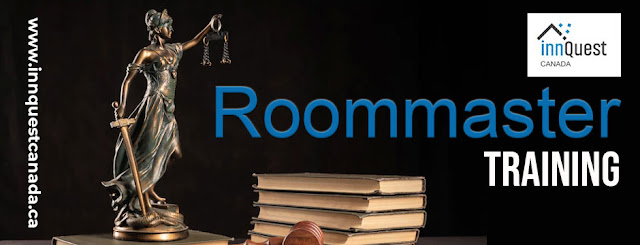How to Establish a Risk Management Plan for Your Restaurant
It is essential to plan for the worst to run a successful food business. Before you open your new restaurant, conduct a restaurant risk analysis to reduce the likelihood of a serious accident or a liability lawsuit.
This restaurant management checklist offers seven strategies for reducing the likelihood of an incident occurring, including effective food risk management and employee safety training. We'll also go over some common small business insurance policies that can help you reduce risk in your food business.
1. Educate your restaurant's workers
Customer care
Employees who interact with customers must be able to solve problems. For example, suppose a customer is dissatisfied with a meal. In that case, your employee should understand what to offer the customer to compensate for the inconvenience and when to involve the manager.
Service of alcoholic beverages. If your business serves, sells, or provides alcohol, you may be held liable for incidents involving intoxicated customers. It is critical for establishments that sell alcohol to ensure that their employees are properly trained in alcohol service. Proper training can help your employees detect signs of intoxication, understand the steps for refusing service, deal with intoxicated customers, and support quests. Some states even make this training mandatory.
Workplace security
2. Make use of technology
Anti-virus protection software
Using the right firewalls and software, you can keep malware, phishing, and viruses at bay.
Protect your Wi-Fi network with a password
Offering internet access is a good way to attract customers, but you also want to secure your network. Use secure networks and only give out the Wi-Fi password to paying customers.
Cameras for security
Security cameras aren't exactly cutting-edge technology, but they can help deter criminal activity and theft.
We are passionate about hospitality at InnQuest Canada. We
are a Canadian company that works with hotels and restaurants and
provides roommaster training from the Atlantic to the Rocky
Mountains. For the past 20 years, we have provided industry consultation,
software, and solutions.




Comments
Post a Comment